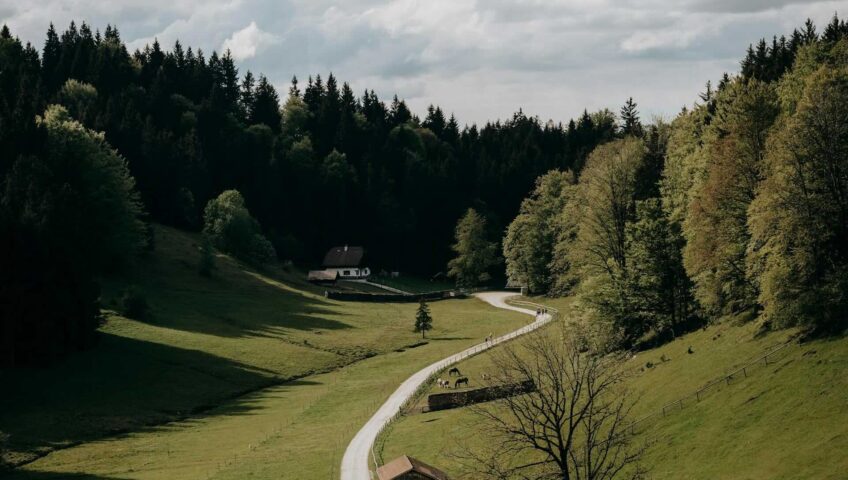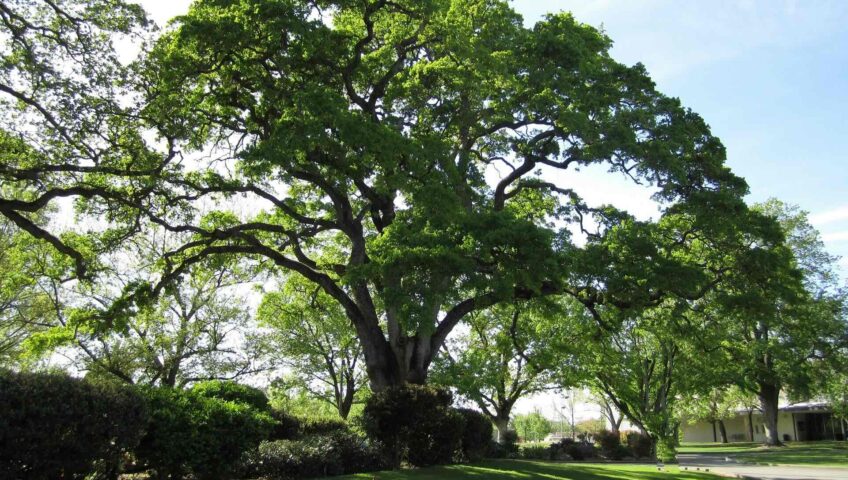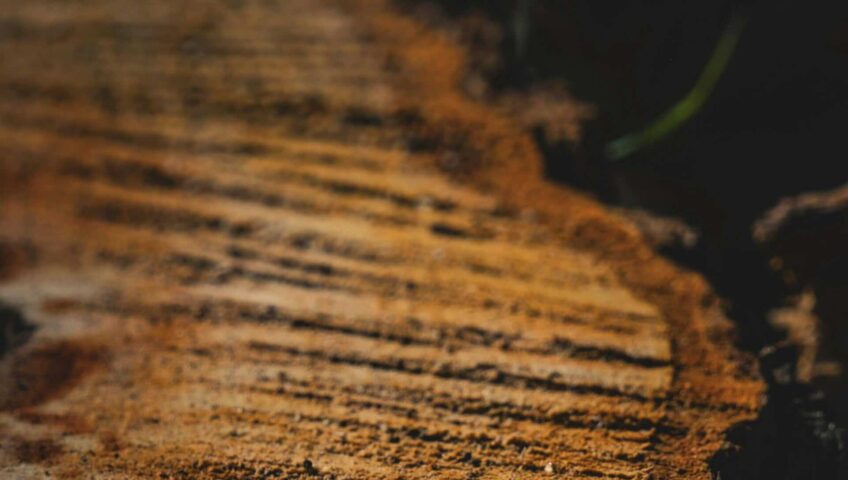
NOTE: If you own oak trees in beware of oak wilt in Buffalo NY. Trees have been infected and killed in Southern Ontario, just across the border. We can help protect your high valued trees by vaccinating them with special fungicides. Call us at 716-273-5522 for details. We are a NY State DEC registered business.
Oak trees are a defining feature of Buffalo, NY’s landscape, providing beauty, shade, and ecological benefits. However, these majestic trees are currently under threat from a devastating fungal disease known as oak wilt. Oak wilt, caused by the fungus Bretziella fagacearum, spreads rapidly and can kill an oak tree in a matter of weeks. If left unchecked, it has the potential to significantly alter Buffalo’s tree canopy, impacting both urban and suburban environments. We recently lost thousands of ash trees, and we are working hard to prevent the same thing from happening to our precious oak population.
Understanding how to detect, prevent, and manage this disease is crucial for preserving our oak trees. While professional preventative treatments, such as fungicidal vaccinations, are the preferred preventative option, early detection and proactive tree care are also essential in the fight against oak wilt in Buffalo NY.
Understanding Oak Wilt Disease
Oak wilt in Buffalo NY primarily affects red oaks and pin oaks, which can succumb to the disease within a single season. White oaks are more resistant, but they, too, can eventually die from prolonged infection. The disease spreads in two main ways:
• Above-Ground Transmission: Oak wilt is often transmitted through sap-feeding beetles that carry fungal spores from infected trees to fresh wounds on healthy trees. These beetles are especially active in spring and summer, making these seasons the most dangerous for transmission.
• Below-Ground Transmission: The disease also spreads through interconnected root systems, particularly in areas where oak trees grow close together. This underground transfer makes containment especially difficult once an infection has begun.
Signs of Oak Wilt Infection
Early detection of oak wilt can help prevent its spread. Symptoms vary depending on the type of oak, but common signs include:
1. Leaf Discoloration: Red oaks infected with oak wilt often show rapid leaf wilting and browning, starting at the tips and edges before progressing inward. White oaks display a slower progression of yellowing and browning.
2. Defoliation: Infected trees shed their leaves prematurely, often in mid-summer rather than in the fall.
3. Dark Streaks in the Wood: Cutting into an infected tree may reveal dark streaking in the vascular tissue beneath the bark.
4. Fungal Mats: In later stages of the disease, fungal mats can form under the bark of infected trees, sometimes causing the bark to crack and emit a distinct odor.
Vaccinating Your Oak Trees Prevents Disease
Given the devastating nature of oak wilt, prevention is key. Here are some crucial steps to protect Buffalo’s oak trees:
One of the most effective ways to protect healthy oak trees from oak wilt is through a professional tree vaccination service (that’s what we do!) that inject the tree with a special fungicide. These treatments involve injecting a systemic fungicide directly into the tree’s vascular system. This process can:
• Protect trees from infection if applied before exposure.
• Slow disease progression in trees that are in the early stages of infection.
It’s important to note that these vaccinations are most effective as a preventive measure and should be administered by a state-certified commercial pesticide applicator. In fact, if you are hiring someone to inject a tree with a restricted pesticide they must be possess a New York state license. Oak wilt in Buffalo NY can easily be vaccinated against, make sure you’re working with professionals.
If a Tree Has Already Been Infected
If one of your trees has already been infected, a vaccination may prolong the tree’s life, but it is not a guaranteed cure. For this reason, vaccinations are important to administer BEFORE a tree becomes infected.
Above all, keep in mind that it is more economical to save an important tree than it is to take it down after it’s dead.
Other steps you can take to prevent oak wilt disease are:
Avoid Pruning During Peak Risk Periods
Oak trees should never be pruned in the spring or summer, as fresh wounds can attract sap-feeding beetles that spread the disease. The safest time to prune is late fall and winter when insect activity is minimal.
Immediately Seal Tree Wounds
If an oak tree is accidentally wounded during the spring or summer (e.g., from storm damage or construction work), apply a tree wound dressing or latex-based paint to seal the wound. This minimizes the risk of infection from beetles carrying the fungus.
Be Cautious with Firewood
Oak wilt can spread through infected firewood. Never transport firewood from areas where oak wilt is known to be present. Always use local or properly treated firewood to prevent accidental spread.
Limit the Spread of the Disease by Connected Roots
Infected oak trees that are close together may spread the disease through their root systems. In cases where oak wilt has been detected, severing the root connections by digging a trench between the trees is recommended. Give us a call at 716-273-5522 for recommendations.
If You Suspect Oak Wilt in Buffalo NY On Your Trees
Let’s hope this doesn’t happen, but if you believe a tree on your property is infected with oak wilt, take action immediately. Give us a call at 716-273-5522. We’ll ask you to take photos of the tree and you can email them to us. If warranted, we’ll come out for a no-obligation onsite inspection.
Buffalo’s oak trees are a vital part of our environment, providing shade, supporting wildlife, and enhancing the beauty of our city. The spread of oak wilt is a serious threat, but with proactive prevention, early detection, and professional care, we can safeguard our trees from this deadly disease.
If you own oak trees or manage property with oak populations, take the necessary steps to protect them. Whether it’s avoiding risky pruning, sealing wounds, monitoring for symptoms, or investing in our professional vaccination services, every effort counts in preserving Buffalo’s iconic oaks for generations to come.




